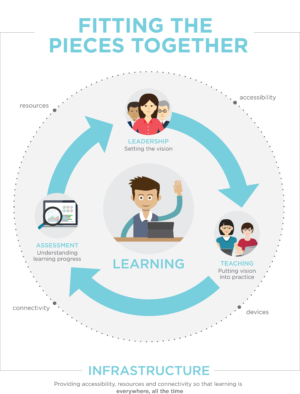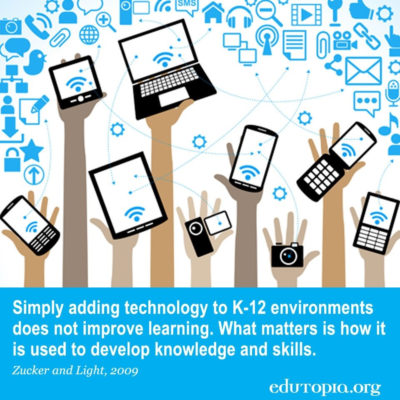
Computer science education has shifted its focus to improving human-computer interaction(HCI) to improve student learning. The invention of new technologies like “Blocky” programming, allows us to move beyond teaching computer interfaces– to improving comprehension and knowledge. Through the adding of tools that adapt to learners abilities and choices, technology designs are making it easier to use learner centered instructional strategies by supporting the integration of scaffolding, modeling and additional tools. Continue reading Professional Development in a Digital Age

